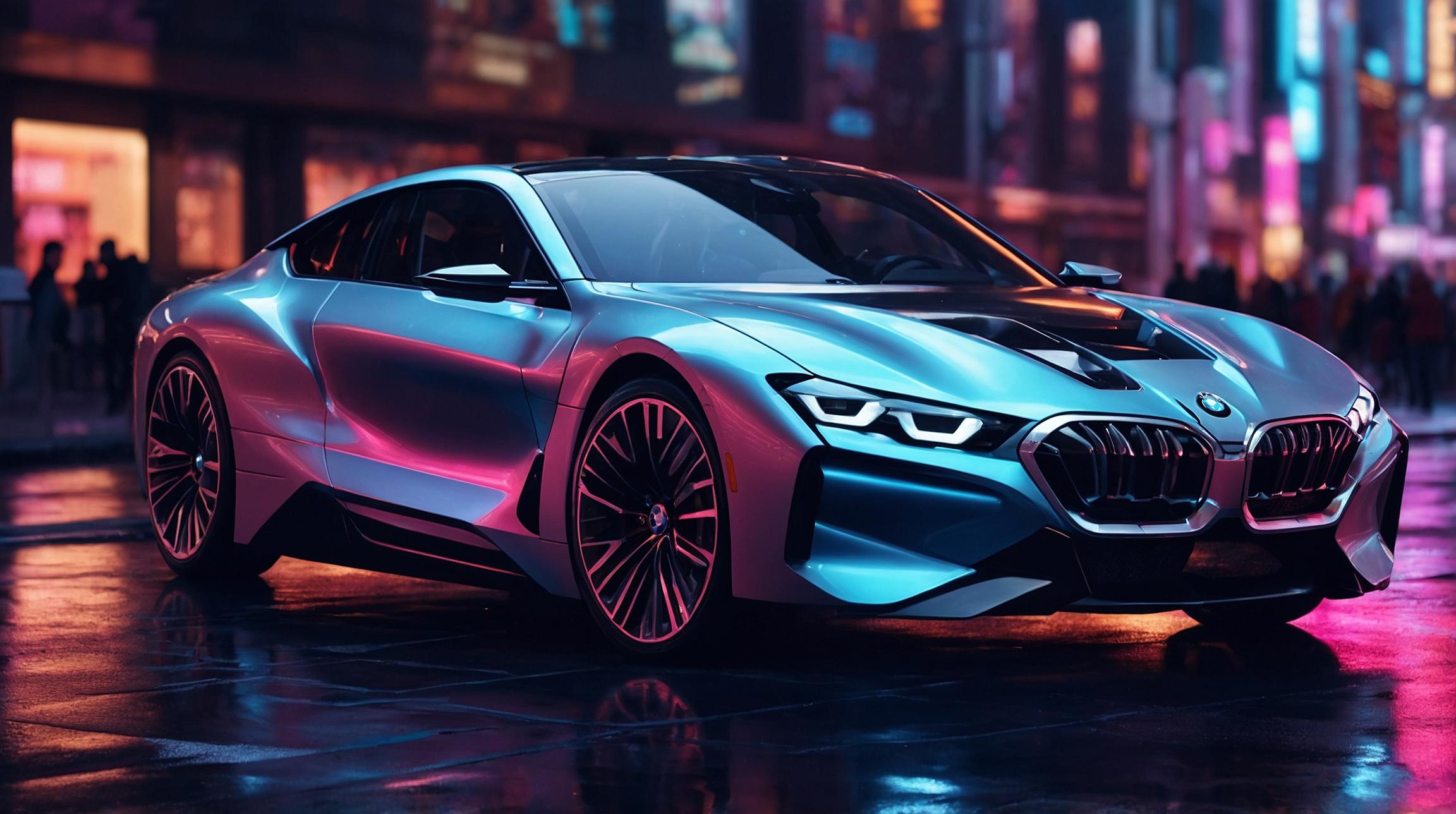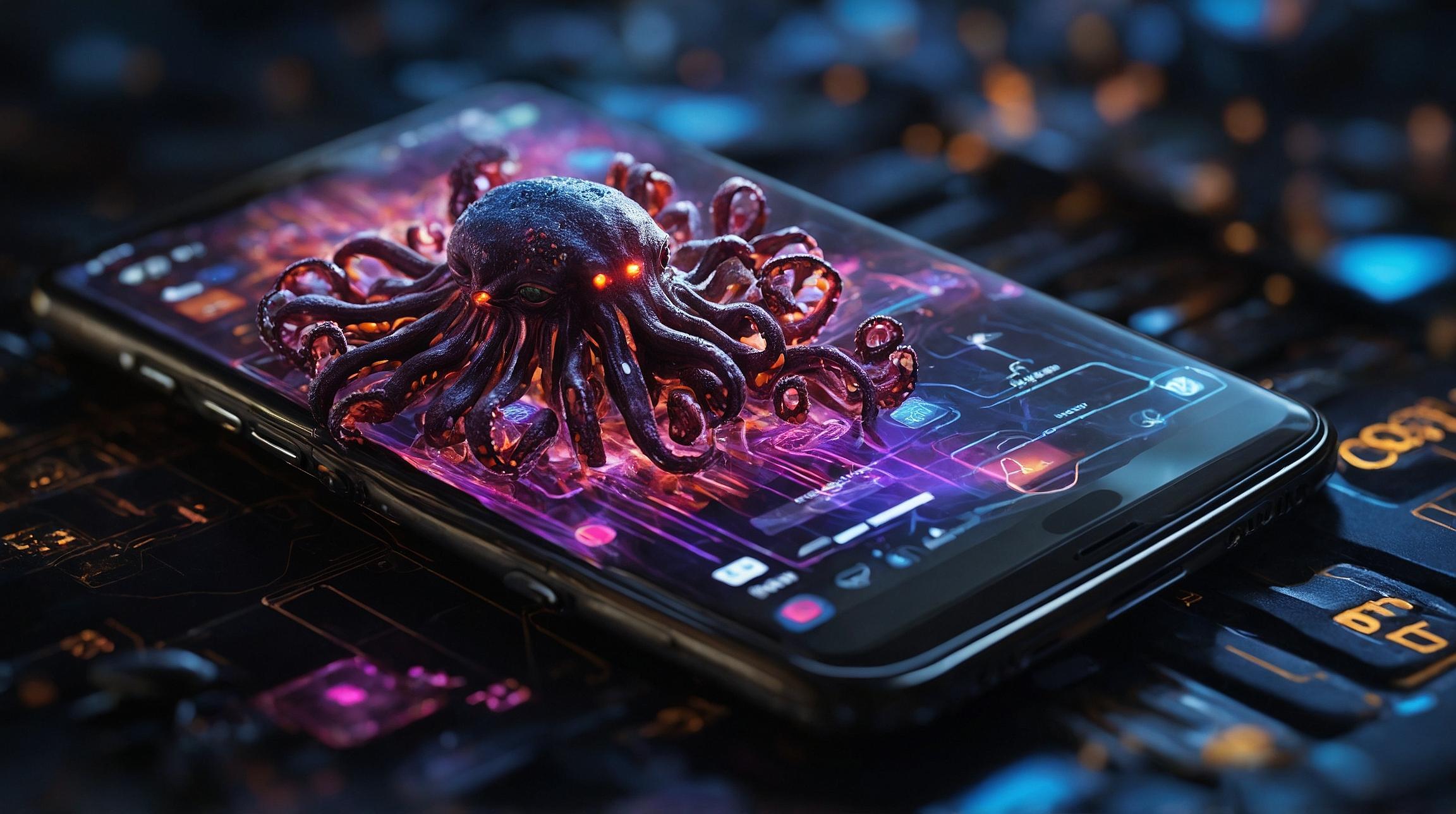BMW's Innovative E Ink Technology
BMW first showcased its groundbreaking E Ink technology at the 2022 Consumer Electronics Show. This innovative technology allows consumers to change the exterior color of their cars with just the push of a button. E Ink is composed of millions of tiny microcapsules filled with black and white pigments. These pigments are manipulated via an electric field to alter the car's exterior color. This technology is already used in devices like eReaders, smartphones, and digital signs.
Advancements and Artistic Showcases
Since its introduction, E Ink technology has evolved to display more intricate patterns and a broader range of colors. BMW demonstrated this with their BMW i5 Flow Nostokana at the Frize Los Angeles art fair. This model uses 1,349 film sections, each individually controlled to reproduce complex designs. The laser cutting and electronic control systems were developed in collaboration with E Ink, while BMW focused on adapting the technology for curved surfaces and creating programmed animations.
Vision for the Future
Stella Clarke, the technology's inventor, envisions a future where traditional spray-painting processes are obsolete. Instead, every car could utilize E Ink to switch colors, such as changing from black to white in hot weather to reduce heat consumption, potentially improving fuel efficiency and comfort. Remarkably energy-efficient, the system requires only 20 watts to alter the car's color.
Regulatory and Practical Considerations
While revolutionary, this technology faces regulatory hurdles. There are concerns about driver distraction, leading to suggestions that color changes should only occur when the car is stationary. Though repair costs may be high, the unique style and functionality might appeal to many. According to Tim O'Malley of E Ink, repair processes would likely involve replacing sections of the film, similar to collision repairs.
Toyota's Color-Changing Patent
In parallel, Toyota has published a patent for changing car colors using thermal energy. This method involves manufacturing a single color of paint that responds to thermal energy, with white as the base example. Large heaters could trigger the color change, potentially reducing overhead costs and inventory issues related to varying paint colors.
Conclusion
As companies like BMW and Toyota innovate, the future of car aesthetics is set to become incredibly dynamic and customizable, offering consumers unprecedented choices in personalizing their vehicles.













